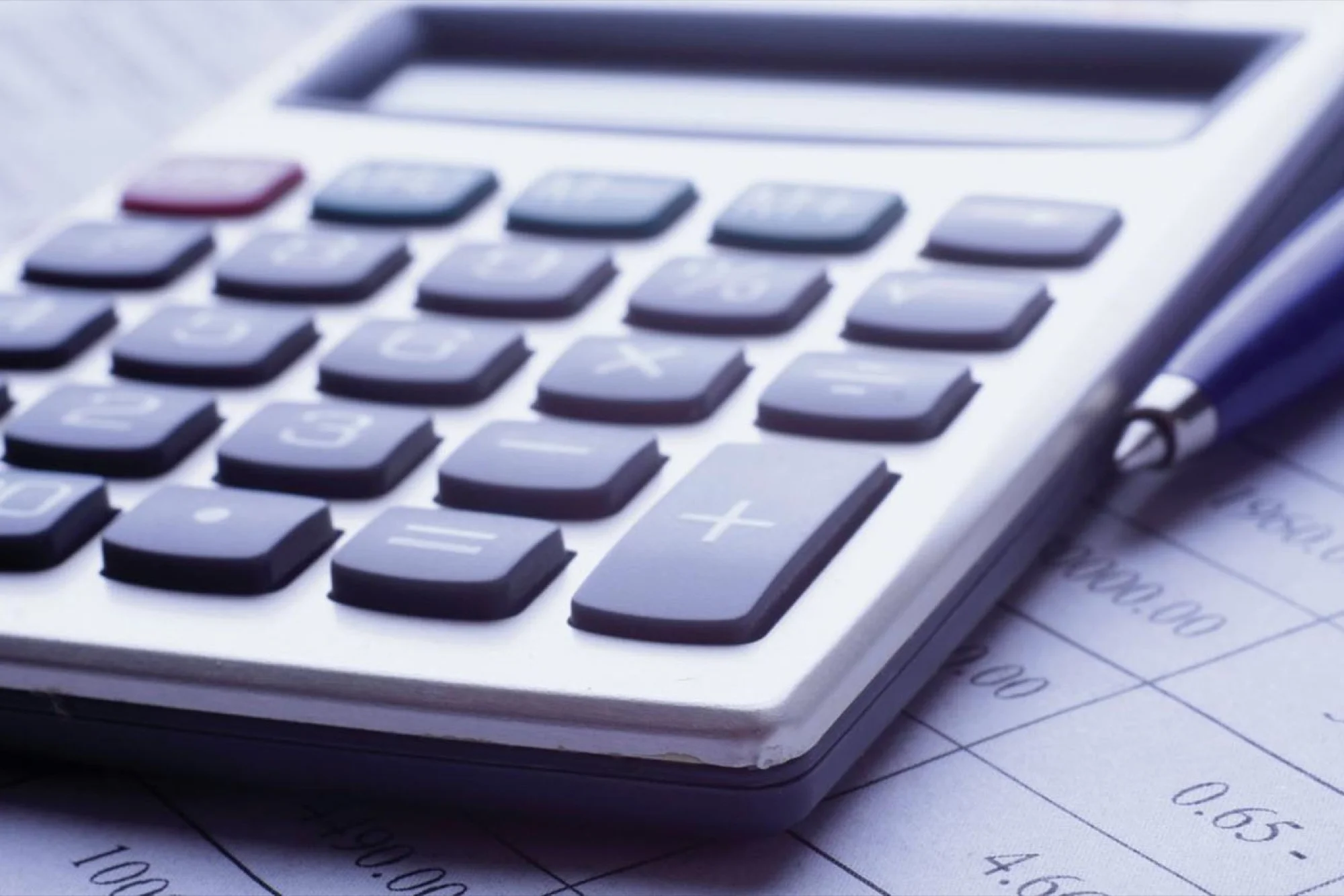As a business owner, you must understand and implement into practice many accounting terms and concepts, from cash flow and balance sheets to break-even analysis and accrual accounting. One such concept that is central to a profitable and growing business is markup percentage. It dictates the profit margins you can expect on the products or services you sell.
Theoretically, you can use any markup for the products or services you provide. But for sustainable profitability, a markup price calculator can help you master markup. Let’s discuss what markup is, why it is important, and how you can calculate markup.
Markup & Markup Percentage: What is Markup?
Markup, simply put, is the difference between the actual cost of making the products or delivering the services you sell and the sales price a customer sees. It is just the premium you place on the products and services you sell to make your business sustainable and profitable.
Now, this may feel the same as gross profit margin, but these are subtle differences between the two methods of measuring the same thing. The markup calculates how much higher the sale price is than the cost, while the gross profit margin determines what portion of the sale price is profit. However, the two are closely related, and if you know the value of one, you can easily calculate the other.
The Importance of Markup and Markup Percentage
Markup is one of the crucial elements of the survival and sustainability of a business because you cannot stay afloat without selling your products or services for more than what they are worth. Markup and markup percentage can reveal a lot of crucial details about the unit economics of your business – the financials of each individual sale and how it affects your business overall.
For example, with a small markup, you do not have a lot of room for errors when it comes to inventory management. High competition may drive businesses to reduce their markup considerably, but in such cases, every wasted product (high return rates or overproduction) can affect your profitability. Therefore, you would need to stay on top of customer expectations, needs, and market trends to stay profitable.
On the other hand, luxury businesses with high markup percentages need to manage their inventory in a way that ensures they never lose a sale because of low inventory. In such a case, a missed sale is much costlier than an unsold unit, prompting businesses to keep more inventory on hand.
Additionally, markup also influences how customers view and feel about your product. Customers may feel shortchanged if your markup is too high and you fail to meet their expectations. But if two competitors offer similar quality products but one charges a higher markup than the other, this may indicate a higher brand value, prompting customers to pay more for the perceived status.
Markup & Markup Percentage: How to Calculate Markup?
Calculating the right markup for your business involves three steps:
Know Your Industry
50% is the most common markup for modern businesses, providing you with a good starting point when defining your pricing strategy. However, industry averages and market verticals can have a significant impact on percentage markup calculations. For example, it is common for grocery stores to operate on a 1% to 3% markup, while restaurants and bars may have 200% to 400% average markup on their products. Although you have the option to stand out and define your own pricing strategy – going for competitive or premium pricing, you may find it difficult to market yourself effectively.
Know Your Expenses
Calculate your cost of goods. Understand what it actually costs you to deliver any product or service, including raw materials, supply chain costs, employee wages, and other miscellaneous costs. You need to factor all of these into your business expenses when understanding the cost of products or services you sell.
Device a Pricing Strategy
An extension of the first point, devising your pricing strategy is instrumental in calculating markup. You may want to establish yourself as a discount brand, where you would reduce your markup or, conversely, increase it if you want to place yourself as a premium brand. Your overall business and marketing strategy will also factor in here as you define the brand image you want to build.
How to Calculate Markup Percentage?
Once you have your pricing strategy in place, know your expenses per unit, and have decided the price you want to sell it for, calculating markup percentage is just a matter of putting these numbers into the following formula:
Markup Percentage= (Sales Price-Unit Cost)/(Unit Cost) ×100
For example, if a perfume manufacturer sells a fragrance for $50 per bottle and it costs $5 to make it, their markup percentage would be:
Markup Percentage= ($50-$5)/$5 ×100 = 900%
You need to remember that calculating markup percentage relies on the difference in cost and not revenue. If you replace cost with revenue as the dividing factor, you will get the gross profit margin and not the markup percentage.
Markup for Different Industries
Markups in various industries vary significantly based on factors like indirect costs and industry-specific dynamics. While there is no universal standard for markups, they tend to be influenced by the level of indirect costs within a given sector.
For instance, retail grocers typically maintain markups below 15 percent due to relatively low indirect costs. In contrast, the restaurant industry often marks up food by around 60 percent, and some beverages may even have markups as high as 200 to 500 percent.1 2 Despite these high markups, the restaurant sector faces substantial overhead expenses, leading to relatively low profit margins, often averaging less than 5 percent of sales. In specific niches, such as retail fast food, profits can dip as low as 2.5 percent.
Cars are commonly distributed through dealerships, and the markup percentages can vary depending on the type of dealership and their sourcing. When it comes to used car sellers who purchase vehicles from individuals without a guaranteed resale, their markups often fall within the range of 20% to 50%. This variability accounts for the uncertainty and potential risks associated with reselling these used vehicles. In contrast, franchised car dealerships that receive new cars exclusively from a single manufacturer typically operate with a lower markup percentage, often around 10%.
Conclusion
Markup percentage is a simple yet crucial metric that can give you insights into the unit economics of your business and keep it afloat in highly competitive contemporary markets. It plays a crucial role in defining your pricing strategy, understanding your profit margins, and controlling the financial health of your business. Setting a fair price for your products or services can help you build the brand image you want and ensure long-term survival, success, and profitability.
Frequently Asked Questions
What does markup percentage simply mean?
Markup percentage is the difference between the actual cost of delivering a product or service and the price a customer pays for it.






